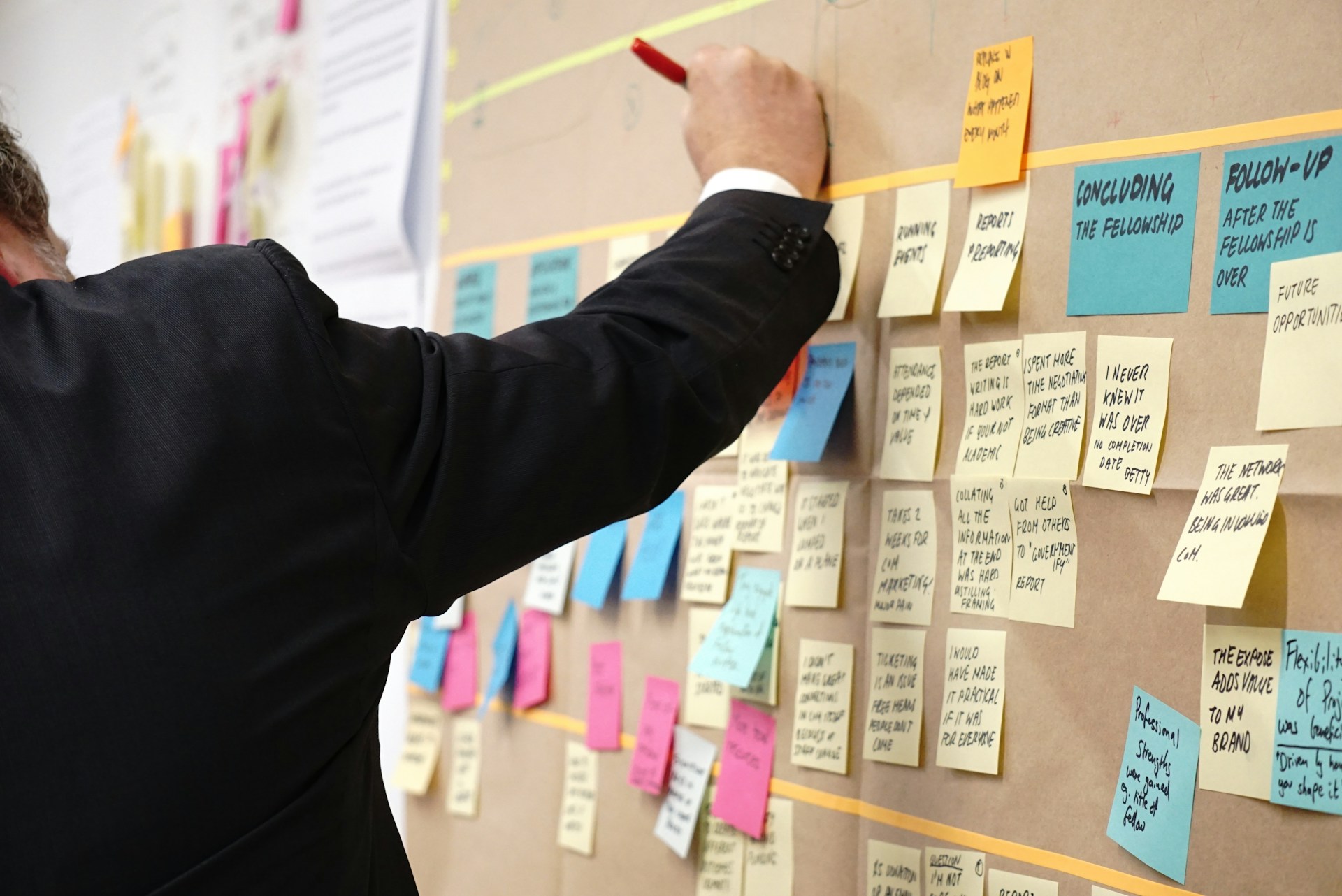
When companies consider transformation, they often envision large-scale projects with substantial investments. However, the truth is that many of the most significant business gains come from small, smart changes. That’s the power of the lean edge—a mindset and approach that focuses on making simple improvements that produce significant results. These changes help reduce waste, enhance productivity, and increase value for customers without necessitating a complete overhaul.
The lean edge isn’t just about cutting costs. It’s about finding opportunities to work better. Whether it’s simplifying a workflow, reducing unnecessary steps, or enhancing communication, small steps can lead to significant breakthroughs. Businesses of all sizes—from startups to multinational firms—are using lean thinking to stay competitive in rapidly evolving markets.
Understanding the Lean Edge in Practice
The lean edge builds on lean principles derived from manufacturing, particularly from the Toyota Production System. Over time, these principles evolved into a way of thinking that can be applied to every industry, including service, healthcare, education, and more.
At its core, the lean edge means focusing on value. It asks: What does the customer care about? What steps are adding value—and which are not? Once a business maps this out, it can start eliminating the unnecessary elements. Even minor tweaks—such as automating a repetitive task or reorganizing a workspace—can significantly speed up processes and reduce errors.
For example, a marketing team might shave hours off its content schedule simply by improving the workflow between writers, designers, and editors. That one change can result in faster campaigns, fewer bottlenecks, and a more agile response to market trends.
Driving Efficiency Without Sacrificing Quality
One of the biggest myths in business is that you must sacrifice quality to save time or money. The lean edge shows the opposite is true. When inefficiencies are removed, quality often improves.
Imagine a customer service team that receives too many support tickets because users can’t find answers on the website. By making the help section easier to navigate—a small change—the team sees fewer tickets and faster resolution times. Customers get better support, and the company saves money on labor. That’s a lean win on both sides.
Other examples include adjusting shift schedules to better match demand, removing unnecessary approval steps in a process, or using data to identify errors before they become significant problems. These minor improvements can create ripple effects that increase productivity and reduce stress for employees.
Real-World Wins: Businesses That Embrace Lean Thinking
Across industries, companies that adopt the lean edge see results quickly. One global shipping company streamlined its warehouse by rearranging shelves based on item demand. This tiny shift cut order time in half. Another tech startup reduced onboarding time by replacing a 20-step internal process with a simple checklist and auto-setup tool.
These aren’t headline-grabbing changes, but they add up. That’s the beauty of the lean edge—you don’t need a massive budget or long timeline to make a difference. You need focus, observation, and a willingness to change.
Healthcare providers use lean to reduce wait times. Schools use it to improve student services. Manufacturing teams use it to cut waste. Retail chains use it to reduce returns by tweaking how products are packaged. All these efforts show that when you think lean, you feel smart.
Empowering Employees to Spot Opportunities
A big part of the lean edge is people. Employees are often the ones who know where delays happen, where tools break down, or where frustration builds. When businesses create a culture that encourages ideas from the ground up, they unlock hidden potential.
Let’s say a retail cashier suggests changing how items are bagged to speed up the checkout process. That idea might seem small, but across hundreds of checkouts per day, it adds up. If every employee offers just one improvement, that’s hundreds of better ways to run the business.
Leaders who want to gain a lean edge should listen to teams, test ideas quickly, and reward creative thinking. It builds morale and drives continuous improvement.
Measuring What Matters Most
To keep momentum, businesses must track results. Not every change will show instant success, but data helps you spot what’s working. Key metrics might include reduced time per task, fewer customer complaints, lower error rates, or faster delivery times.
But don’t just measure numbers—ask how changes feel. Are employees less stressed? Are customers happier? Does the team feel more confident? These human factors often signal long-term gains.
And remember, lean is never done. The lean edge is about continuous progress. Once you improve one part of the process, another area may become the new bottleneck. That’s not a failure—it’s a sign you’re growing.
Making the Lean Edge a Part of Your Business DNA
To truly benefit from the lean edge, make it part of your company culture. Start with simple questions: Where can we save time? What slows us down? What frustrates our team or customers? Then, act on those answers.
Hold regular check-ins to gather feedback and test improvements on a small scale before rolling them out to a larger audience. Celebrate wins—no matter how small—and share lessons when something doesn’t work. This builds trust and creates a cycle of learning.
You don’t need to wait for a budget season or leadership shift to get started. Any team can embrace the lean edge today right where they are. By focusing on value, removing waste, and empowering people, you’ll create a business that moves faster, works smarter, and delivers more.